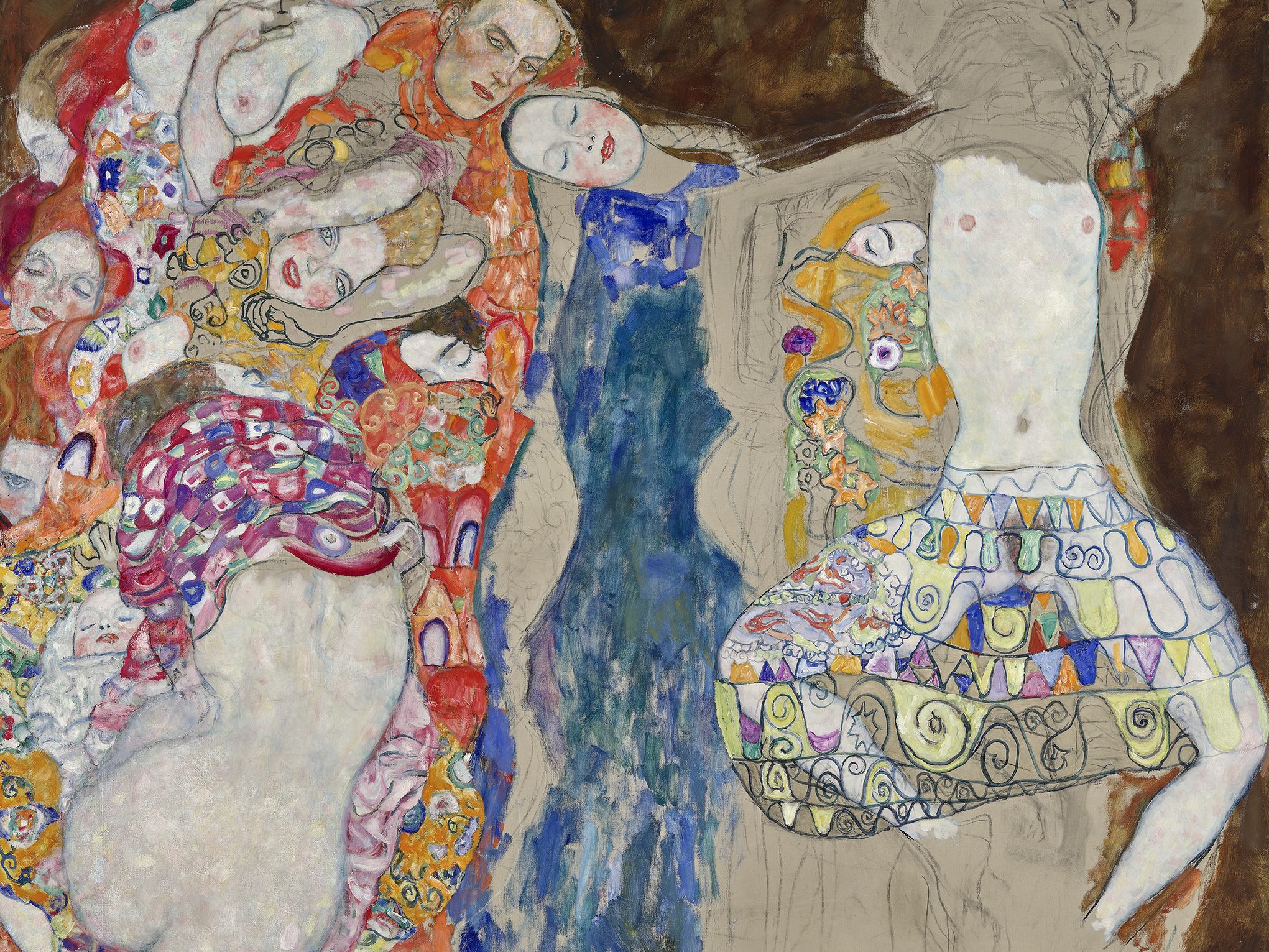Klimt's Secret Uncovered: "The Bride" at the Upper Belvedere in Vienna

With its "In Focus" exhibitions, the Belvedere focuses on a single painting. Starting Thursday, Gustav Klimt's unfinished allegory "The Bride" will be the centerpiece, a painting not owned by the museum but on loan from the Klimt Foundation since 2013. The exhibition, shown at the Upper Belvedere (Mon-Sun, 9 am-6 pm) until October 5, and an accompanying publication will address different aspects of the creation and interpretation of the work.
A Mystery in Gustav Klimt's Work at the Upper Belvedere
"'The Bride' is one of the rare compositions of allegorical content, as Gustav Klimt realized in only a few works of his oeuvre. It impressively illustrates the artistic development Klimt underwent within a few years - both in his formal language and in his symbolism," curator Franz Smola is quoted in the press materials. His co-curator Sandra Tretter from the Klimt Foundation emphasizes "the rare opportunity to experience the creation of one of Gustav Klimt's most enigmatic works in all its complexity."
Klimt and Schnitzler in Artistic Exchange?
Tretter considers it possible that Klimt may have drawn inspiration from Arthur Schnitzler's novella of the same name, created between 1891 and 1895, in the painting. "In Schnitzler's work, the bride, previously working as a prostitute, envisions her future role as a wife in a night-blue gown shortly before the wedding. Klimt also dresses the bride with innocent braids in a blue dress and symbolizes the unfolding of her sexual energies and drives in the surrounding lascivious, aesthetically decorative tangle of figures," Tretter writes in the catalog. "It is quite possible that Klimt was aware of this story. He may even have heard it from Schnitzler's own mouth, perhaps in those private circles where the poet presented his works to invited guests."
The Work of the Viennese Artist in Focus
On display are drawings, sketches, photos, and especially Klimt's last sketchbook, which is being comprehensively exhibited for the first time. Alongside "The Bride," another important late work by Klimt, "Adam and Eve," is also on view. In addition to questions of creation and provenance, results of recent art technological investigations are presented. The location of the painting's creation, Klimt's studio in Feldmühlgasse in Vienna-Hietzing, is also addressed. In the catalog, Barbara Marx traces the paintings that were in Klimt's studio at the time of his death in February 1918. In the case of "The Bride," Emilie Flöge appears as the first owner.
(APA/Red)
This article has been automatically translated, read the original article here.





